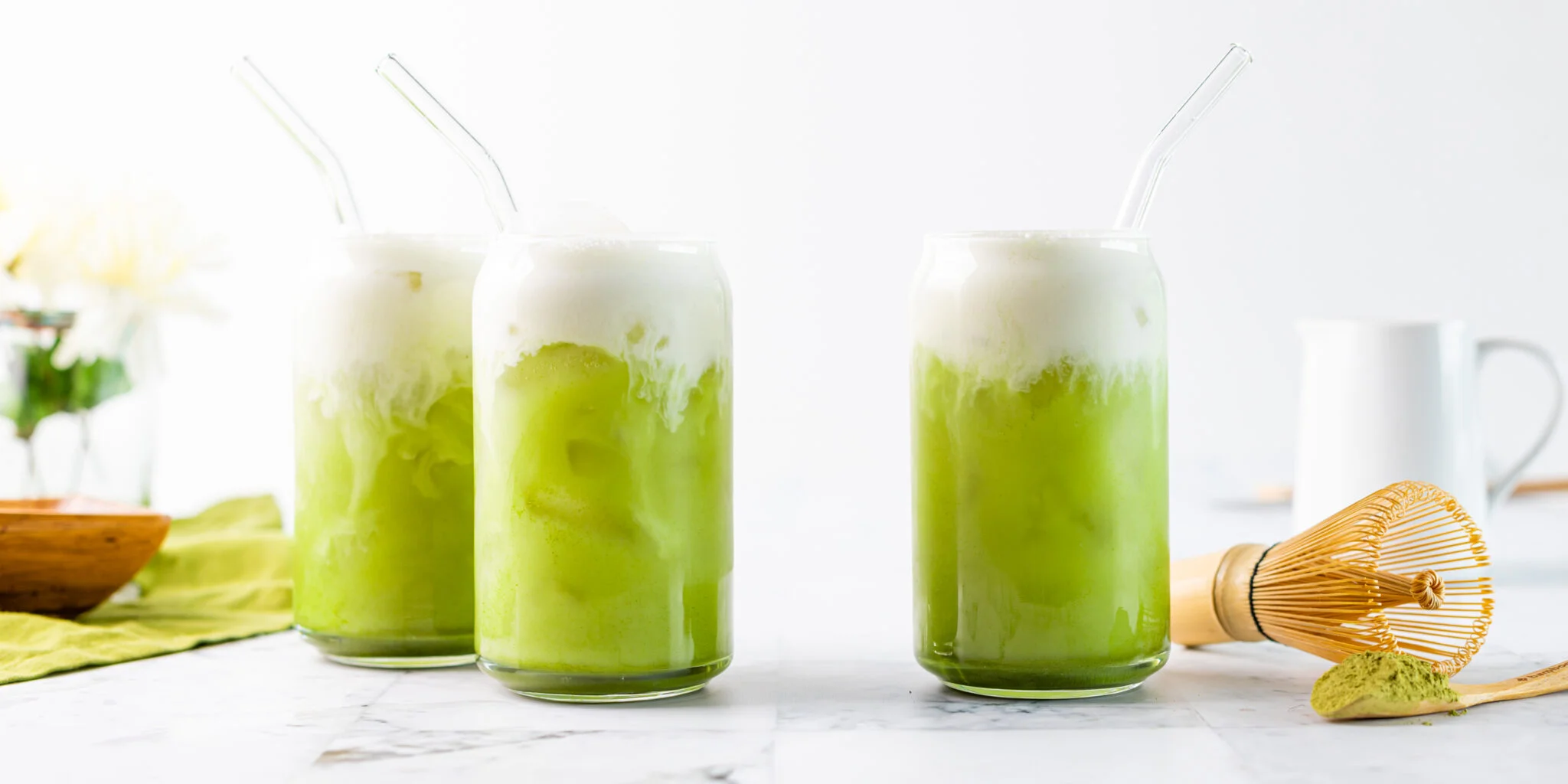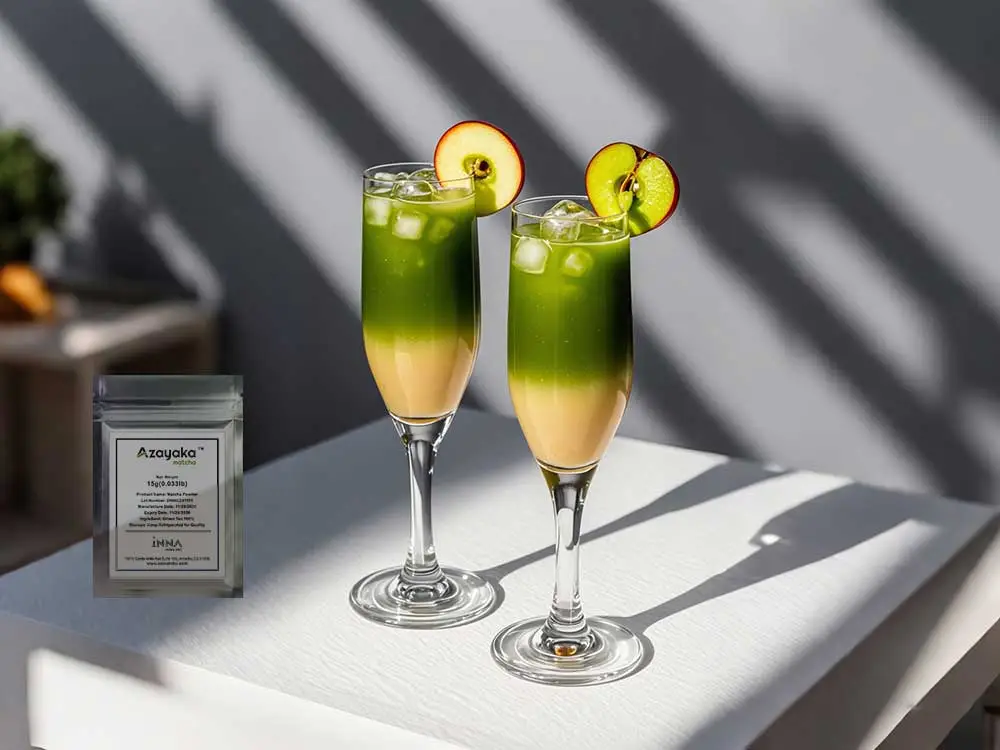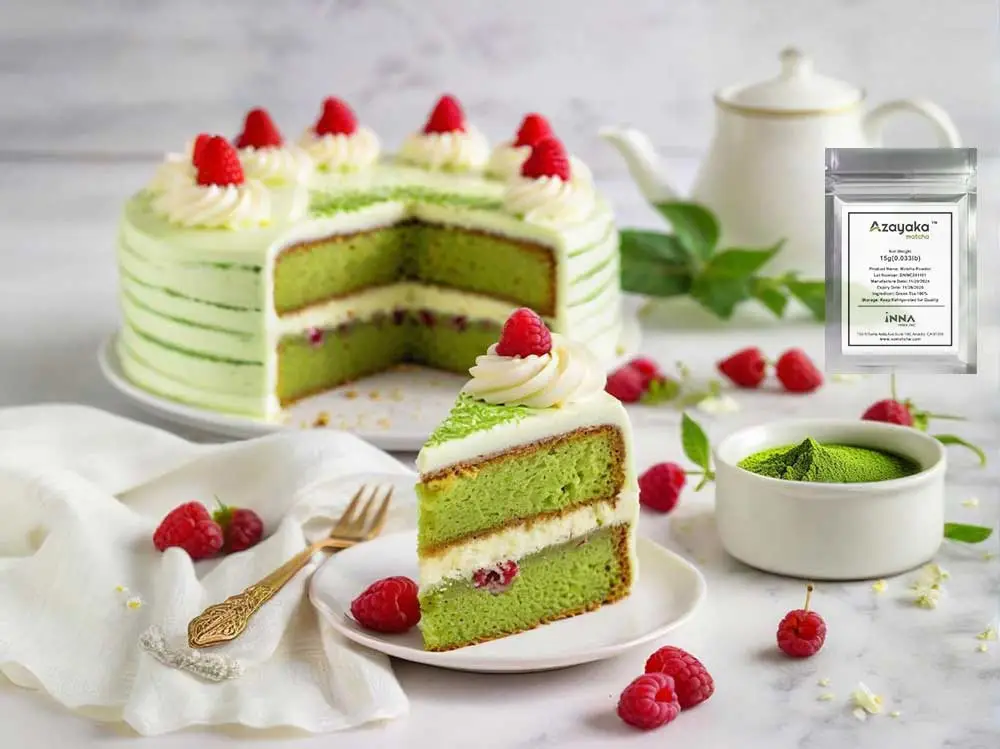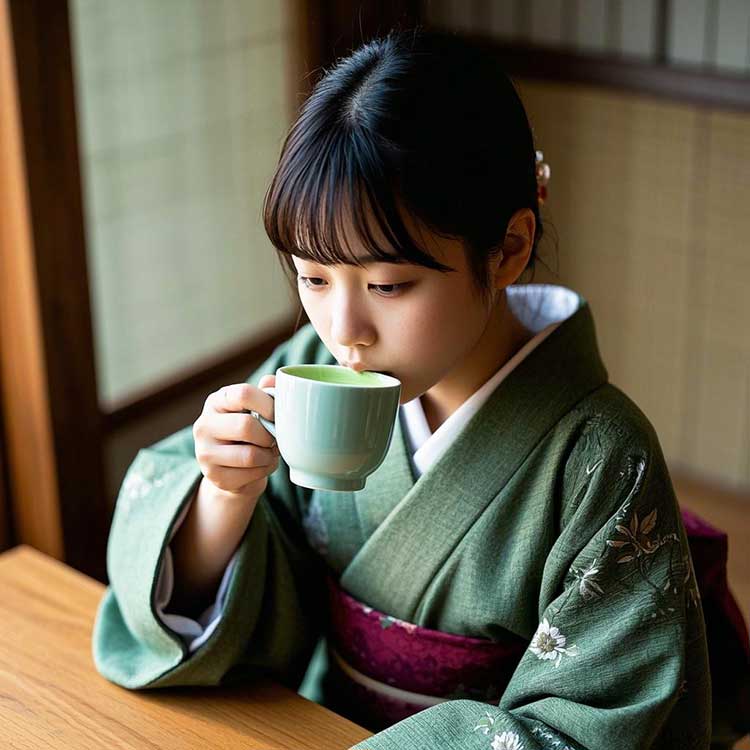Grades and Selection Guide of Matcha Powder
What is Matcha?
If you’re considering buying and brewing matcha, you may have noticed that not all matcha powders are created equal – there’s careful design and consideration behind it! There are actually many different types of matcha to choose from, each with their own distinct flavor, color, texture, and benefits.
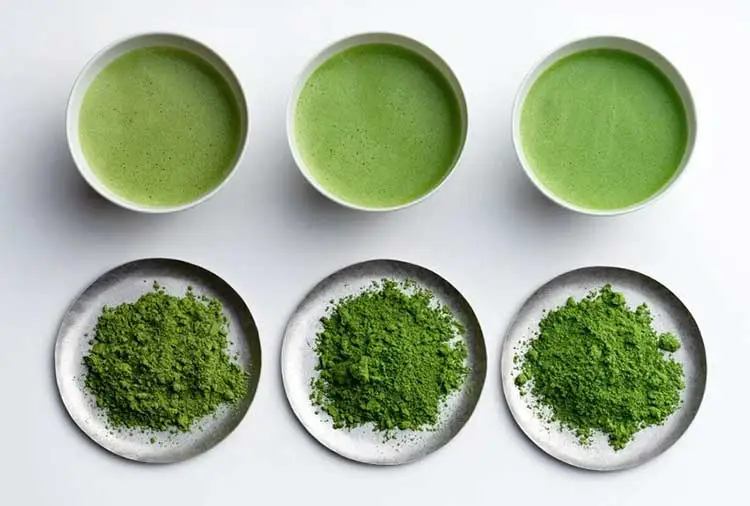
1. Types of Japanese Matcha Powder
Matcha is mainly divided into three levels: ceremonial level, daily level, and culinary level, which are based on the planting location, method, harvest period (or season), and manufacturing process of green tea plants.
- Ceremonial grade matcha
As the highest quality matcha, ceremonial grade selected from the youngest harvested green tea leaves. It is specially selected for traditional Japanese tea ceremony, finely ground into a fine powder, presenting a vibrant green color with a fresh, sweet, and earthy aroma. The texture is silky smooth, the taste is complex and sweet, and the aftertaste is creamy and delicate. Its extremely high chlorophyll content gives it a noticeably deeper green shadow.
- Daily grade matcha
also known as high-quality or traditional grade, daily grade matcha is between ceremonial grade and cooking grade, and is the second highest quality among green tea powders. It has a rich and balanced taste, a clean and refreshing aroma, a smooth texture, and a bright green color. Daily grade matcha is suitable for consumption alone or in combination with milk, water, and sweeteners, making it an ideal choice for those looking for diverse preparation methods, especially for matcha beginners.
- Culinary grade matcha
Culinary grade matcha, also known as kitchen matcha or chef’s choice matcha, is mainly used for cooking, beverages, baking, and supplements. It usually has a salty and rich flavor, made from green tea leaves that are older than ceremonial or daily grade, and usually comes from the second, third, or even fourth harvest. This means that its young green tea leaves are exposed to more sunlight and have higher levels of catechins.
In order to meet diverse usage needs, we specially divide our products into four grades: DY1, DY2, DY3 and DY4.
| Picture | Grade | Color | Smell | Taste | Applications |
|---|---|---|---|---|---|
 | DY4 Ceremonial Grade | Bright Emerald Green | Obvious Aroma | Strong Fresh Mellow Taste | Tea ceremony, For high-end products. |
 | DY3 Ceremonial Grade | Bright Emerald Green | Obvious Aroma | Strong Fresh Mellow Taste | Tea ceremony, For high-end drinks. |
 | DY2 Standard Grade | Bright Green | Obvious Aroma | Fresh Mellow Taste | For daily drinks, coffee, beverages,icecream etc. |
 | DY1 Culinary Grade | Green | Slight Aroma | Slightly Bitter Taste | For Daily Drinks, baking and so on. |
2. Compare the Quality of Matcha Powder
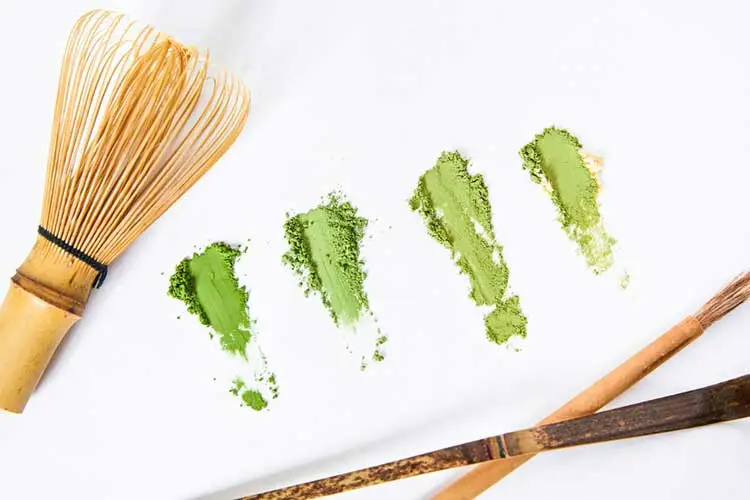
3. Matcha Grades and Health
All grades of matcha contain similar baseline nutritional components, but each has its own emphasis. Ritual grade matcha (made from leaves harvested for the first time) has high levels of L-theanine and caffeine; Daily and cooking grade matcha (made from late harvested leaves) typically have the highest levels of antioxidants and catechins.
4. Choose the Most Suitable Matcha Grade For You
When choosing the most suitable grade of matcha, please consider your usage scenario and personal preferences. Do you plan to enjoy the traditional Japanese matcha ceremony every day? Do you like matcha latte and add sweeteners to caffeine or energy drinks? Are you planning to try adding matcha to baking recipes or morning smoothies in the kitchen? After clarifying the requirements, it is easy to choose the most suitable grade of matcha.
5. Baseline
When evaluating the grade and quality of matcha, in addition to color, many factors must be considered, such as origin, growing method, harvest time, and processing technology. The grading of matcha grades varies by brand, but high-quality matcha is typically sourced from traditional matcha farms in Uji, Kyoto, Japan. Azayaka Tea offers high-quality matcha in a variety of grades, including our late-harvest options, to meet your different needs.


